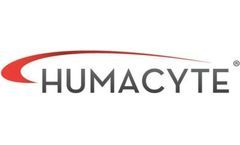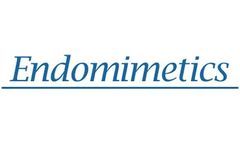Vascular Tissue Articles & Analysis
9 articles found
What is biofilm? Biofilms are defined as communities of micro-organisms attached to a surface, or one another, and encased within a matrix of extracellular polymeric substance (EPS). The EPS makes up the largest component of the biofilm, and in the biological environment is generally composed of polysaccharides, proteins, glycolipids, blood products, cellular debris, extracellular enzymes, metal ...
Cellular Sources of MMPs MMPs are produced by a variety of tissues and cells. MMPs are secreted by pro-inflammatory cells and uteroplacental cells, including fibroblasts, osteoblasts, endothelial cells, vascular smooth muscle, macrophages, neutrophils, lymphocytes, and cytotrophoblasts. ...
Abstract : Intimal hyperplasia is one of the prominent failure mechanisms for arteriovenous fistulas and arteriovenous access grafts. Human tissue-engineered vascular grafts (TEVGs) were implanted as arteriovenous grafts in a novel baboon model. ...
Thus, it is imperative to develop a tissue engineered vascular graft by mimicking the native endothelium to provide the best possible environment, thereby enhancing clinical patency. The success of a tissue engineered graft depends largely on its ability to replicate the microenvironments in the native tissue. ...
NovoSorb® BTM (Biodegradable Temporizing Matrix) is a biodegradable temporizing dermal matrix designed to aid the body in regenerating new tissue for wound closure and reconstruction of complex wounds. NovoSorb BTM is a fully synthetic bilayer open-cell matrix that acts as a scaffold and is designed to facilitate the growth of a fully vascularized dermal ...
Published by Elsevier Ltd on behalf of European Society for Vascular Surgery. This is an open access article under the CC BY-NC-ND license (http://creativecommons.org/licenses/by-nc-nd/4.0/). Article history: Received 15 May 2021, Revised 1 November 2021, Accepted 4 January 2022, Keywords: Blood vessel prosthesis, Haemodialysis, Regenerative medicine, Tissue ...
Surgical reconstruction of PSD lesions typically uses a tissue flap that is ‘freed’ from the surrounding tissue, then advanced over the wound to provide immediate closure. However, this approach is often compromised by the poor tissue quality that can lead to post-operative surgical complications (e.g. dehiscence – ...
As I performed my manual lymphatic drainage techniques, I did use the diathermic effect of the capacitive electrode to dilate lymph vessels and vascular tissue proximal to the injury so that fluid drained from the surgical site would have an easier time of moving out. ...
Histopathologic evaluation of implanted BTLT and underlying host tissue revealed integration of the fabricated tissues with the underlying host liver, with the implanted graft having defined areas of parenchymal and non-parenchymal (NPC) zones. ...








